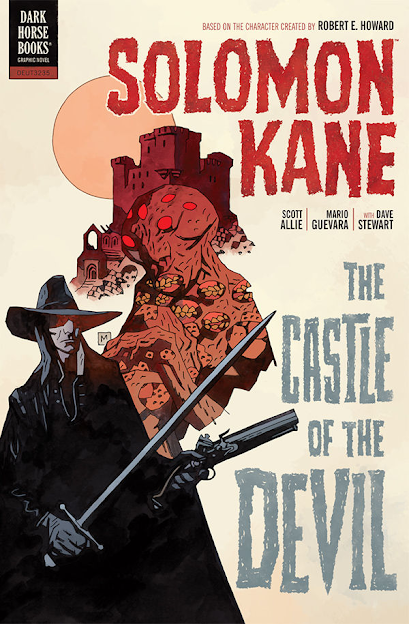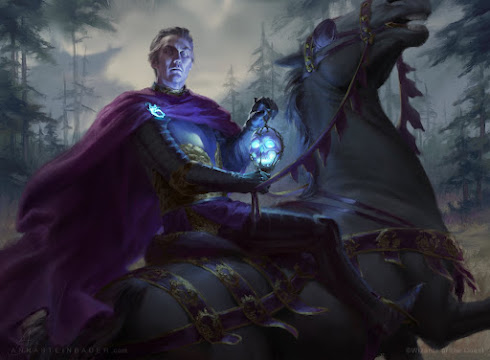This post is an homage to the classes of Lovely Dark, like the FIGHTER and the PALADIN, made out of admiration, enjoyment and prosaic jealousy. It is also the enemy of a previous class I wrote, the BARD.
People call you boring, if they've met you once.
To them, it looks like most of what you do is read, and wait. You seem to read in just that sense that's a good-looking way of doing nothing. They think you don't live in the moment. And in a way that's true. You don't.
They don't know that you are not just you. You are also the Rogue.
And you see a lot more than they do.
 |
| Art by Yorinoshi Orhai, 1985 |
Starting Equipment: A knife, gun or garrote wire. A handheld photo camera. The keys to a house you've never visited. A book to read while waiting.
Skills: 1) Surgeon 2) Hunter 3) Literary Critic 4) Detective 5) Voyeur 6) Burglar
Templates:
A: Lightning-in-the-Window, Sneak Attack
B: Vanishing Point
C: House of Crows and Dolls
D: Highway Ten
Lightning-in-the-Window
You are you. But you are also the Rogue. You are one, and two, and one.
The Rogue isn't any more real than you are. It's not your true identity compared to which you are just a mask, it's just another part of you. You, the mundane and palatable you, is just as real as the Rogue.
But the Rogue is hard to see. It's your secret half, always there, but out of view. When people talk to you, they also talk to the Rogue. When people see you, they also see the Rogue. Even if they don't know it. They tend to think of the Rogue as a seperate person. One that only exists in newspapers, or in dark alleys. A nightmare. Even if they know that you are the Rogue. They will still try to separate the two of you.
But the Rogue always exists.
You have no alignment. Any spell that detects alignment cannot see you. Any effect that targets alignment has no hold on you. Any spell that attempts to divine your intention, guess at your thoughts, determine your motives, has no bearing.
It is so, so very hard, to see you completely.
Sneak Attack
You love ice. It just makes any drink better.
Moments, instants, seconds, are just like that. They're whole at first, but they melt, slowly, losing their pristine coolness until there's nothing left of them but a lukewarm bottom in your glass.
That's why you love art, too. Books. Pictures. Photographs. Those are the real world. The world that doesn't blink and then is gone. The world unchanging, immutable, preserved and perfect in a soda. There are chemicals, too. Stuff that can keep a body like it's frozen.
It's not about the sensation, or the thrill. That's what they say about the Rogue, what they think it wants. But it's not. It's about the legacy. The gallery. The timeless portfolio.
You are resistant to cold damage, but vulnerable to noise damage.
When revealing your presence as the Rogue, you may make an attack that kills one normal human. Every word of that first sentence is important. Just showing you isn't enough. You need to show the Rogue.
If you have all Rogue templates, it kills non-humans too. Fairies. Gods. Pop stars.
Vanishing Point
You see a lot of places that people don't usually do. Not because they're forbidden, but because they simply don't catch the eye. They're not important for anything. They're places where no one ever needs to be.
They can be as small as a chair in a waiting hall, or as big as a whole building, where people work, come in and out, but never see where they actually are.
You don't vanish. Really, you don't. It's just that you walk into a place nobody takes the time to appreciate, and hardly anyone can follow you, because, well, why would they - there's nothing there. Your only company there are the birds, the Air, and the Darkness.
Even time doesn't come where you go, because it can't bear being alone. It only moves with people. It's a follower. A clingy, noisy cloud. A coward. A fucking pussy.
At any point, you can try to disappear. You simply walk off, out of view. Anyone who was observing you needs to make a Wisdom saving throw to see where you went. The less populated an area is, and the more distance between you and the observer, the more difficult this saving throw.
Additionally, while hidden, you can speak to anyone in your vicinity without giving away your location, as clearly as though you were next to them.
House of Crows and Dolls
 |
| Art by Mike Mignola |
There are others like you. You can tell the pretenders apart, they don't count. Others who really are like you. Who see the same things.
You don't trust them. Why would you? You can't tell who they are. What they think. You know more than anyone that even if they know the Rogue is there, they can't, really, see you completely. And you can't see them.
You know a place, where people like you gather. Where they leave things, and pick things back up. It's a secret place, unknown to any pursuers, to any casual observers. It is perfectly hidden in plain sight. An old country house. An abandoned steel mill. An office block floor. No one will look for you and yours here. But it is a dangerous place to harbour others. People like you come here.
Once per week, you can either make something disappear forever here, or you can roll for an Other: the Other is a highly competent but untrustworthy hireling with an ulterior motive different from yours. Another player writes down the Other's motive, and doesn't tell you. The Other will aid you with a task, but if they have a chance to fulfill their motive, they may act against your interests.
- A realist fiction author, of moderate renown. Eggshell-coloured clothes and hat. He is on a writing retreat to see the country, he always says. Something burns behind his aviator shades.
- A Clown Skinner.
- A book collector and trader who calls herself V_Woolfe: a plain woman in a brown turtleneck. She claims to have died a few times already, and attracts moths and cicadas.
- An old man with a leather jacket and gloves. Wiry and muscular. He calls himself the last real patriot, but it seems his country is not the one you are in. Always smoking.
- A slender young woman with Old Hollywood hair, wearing shorts and a jacket over a swimsuit. Outside here, she only ever shows up besides highways. She smells of movie film and rotting meat.
- Death. The great black bird. This is gonna be a doozy.
You're outside of the law. The law of people, the law of Gods, the law of the Land. You can ride your dark horse over the roads that no man ever laid down. You can drive to the city of Angels in your black Ford Cortina.
You can cover great distances and reach other planes of existence without using magic. You must depart at midnight, and it will remain night for the entirety of your journey, and all stops you make will be dangerous. The more distant your destination, the longer this supernatural journey takes. Going to the other side of the country might 8 hours. Going to another country in the world might take 16. Going to Hell, or Heaven, or Fairyland, might take three days.
















